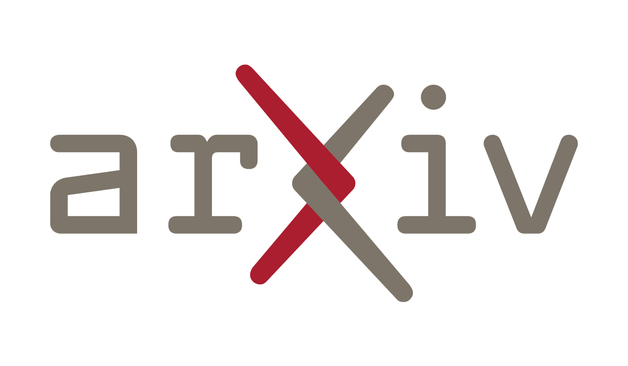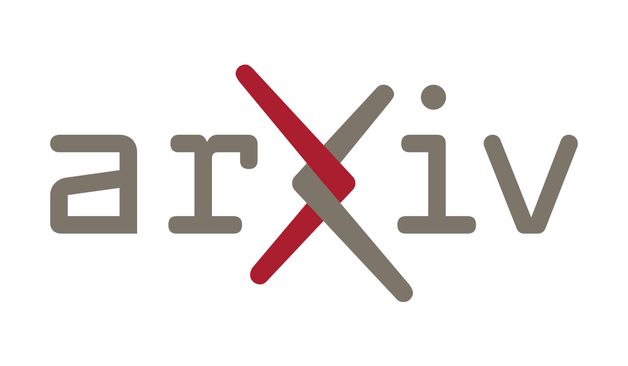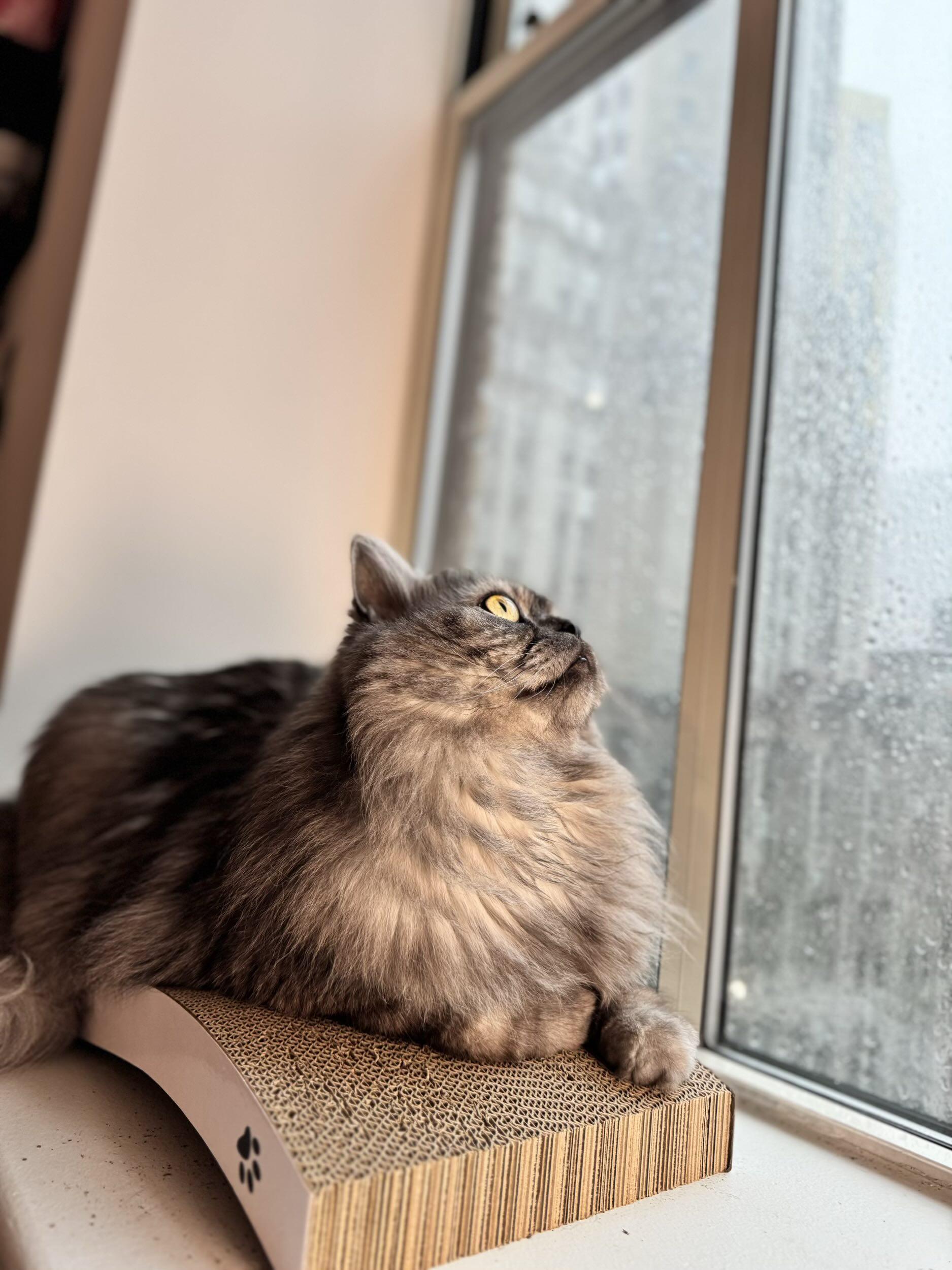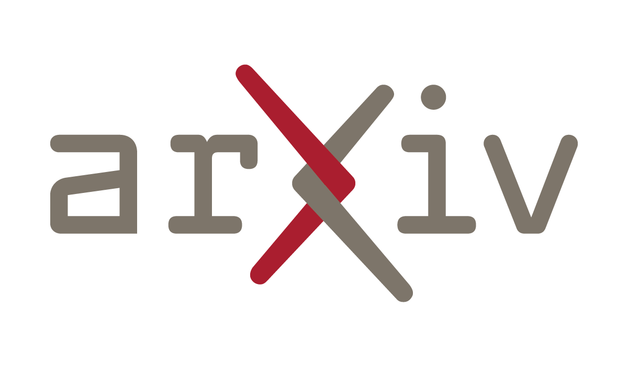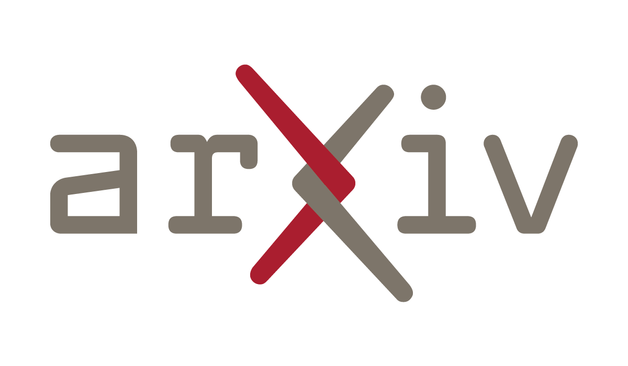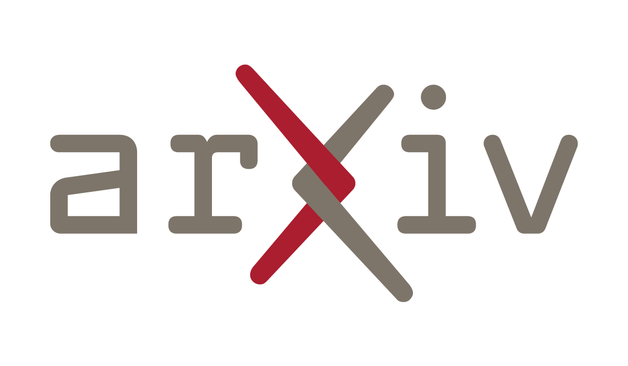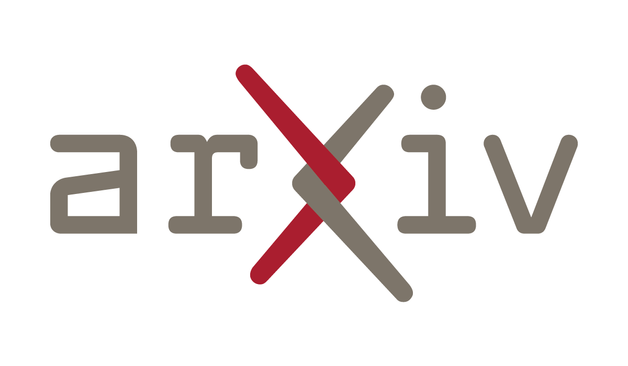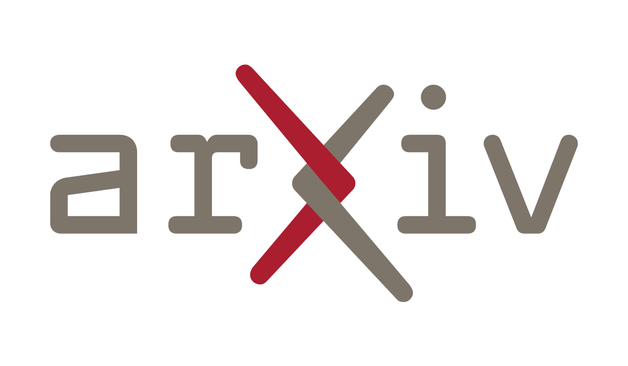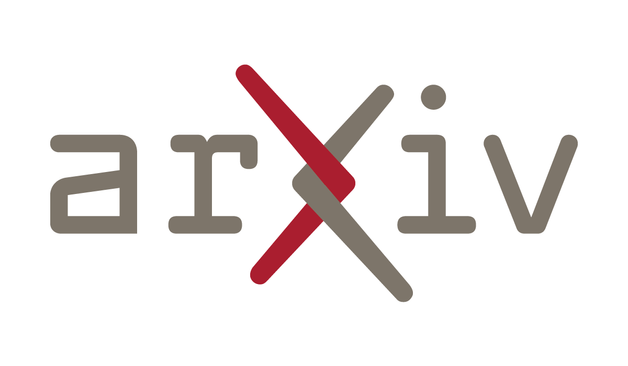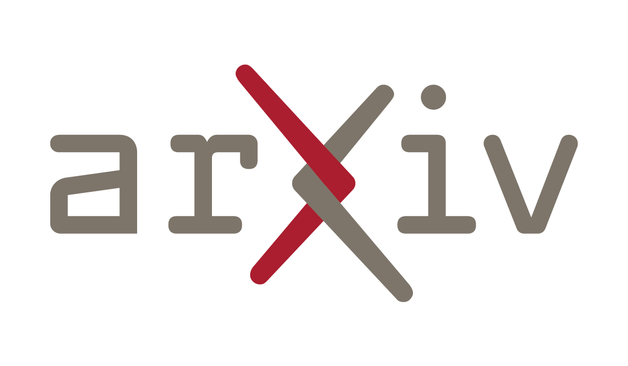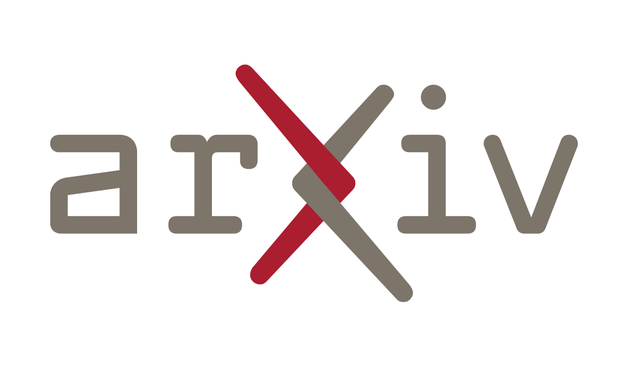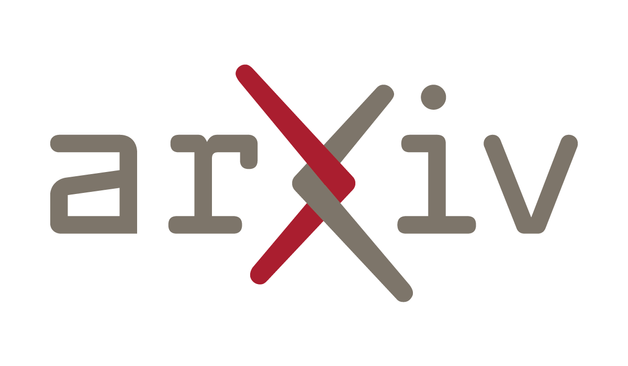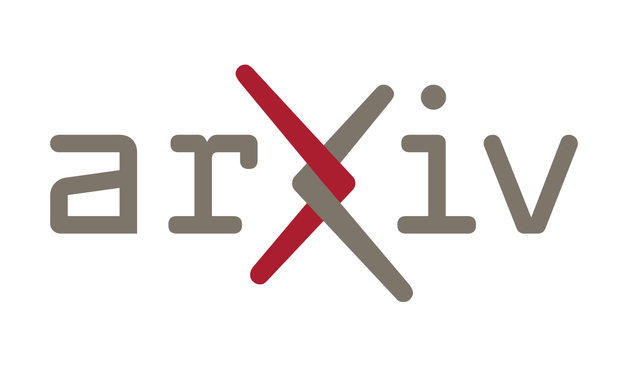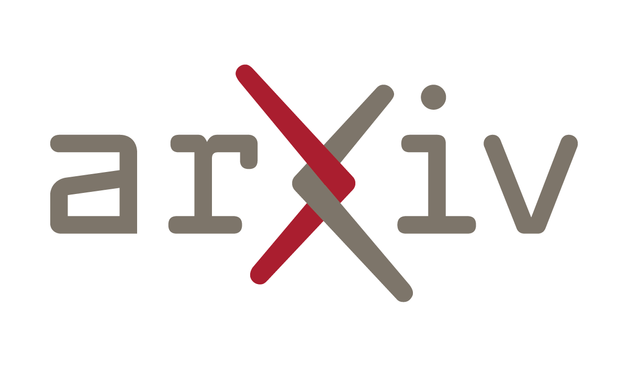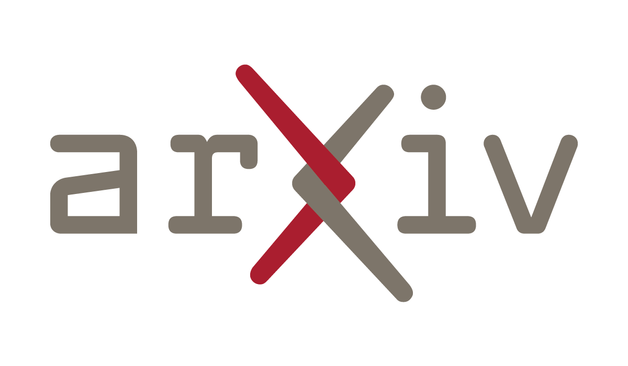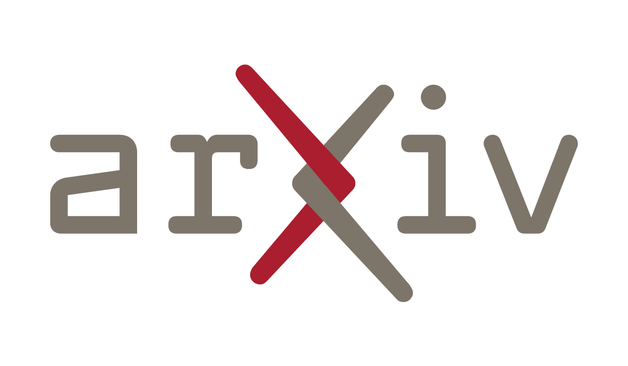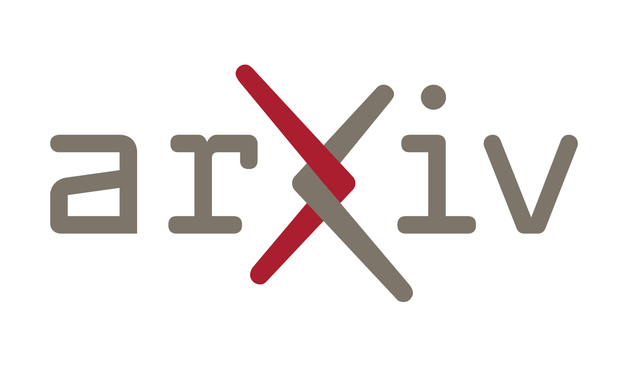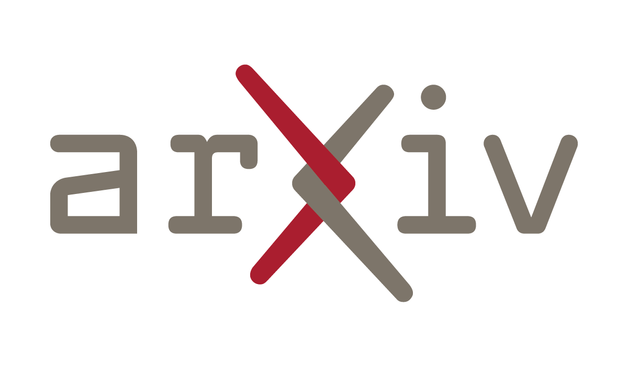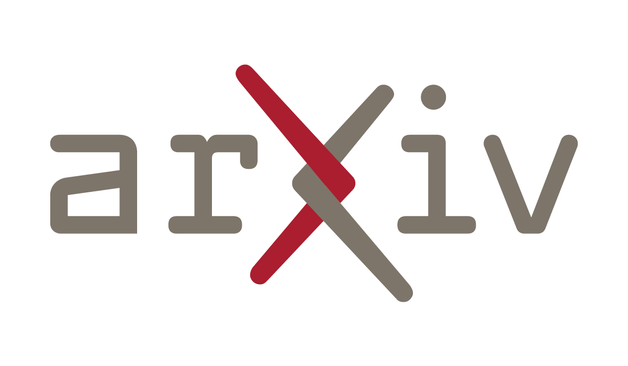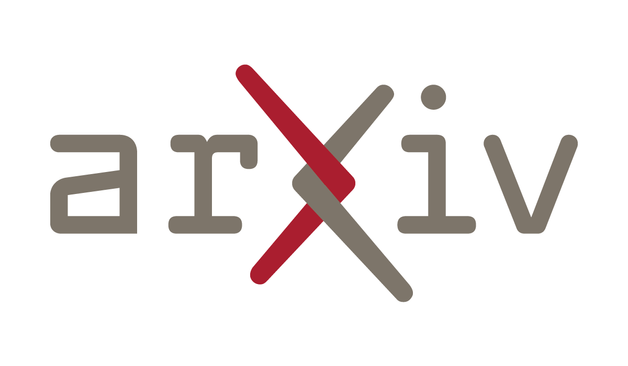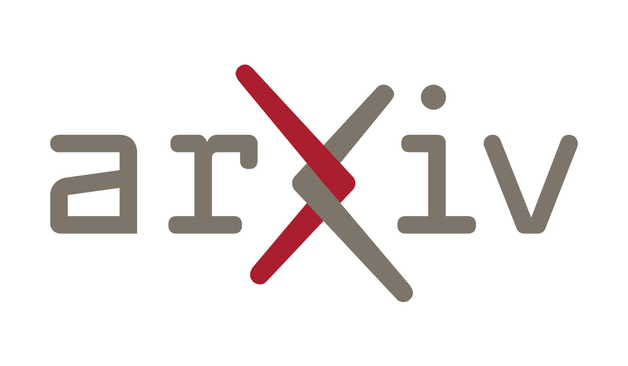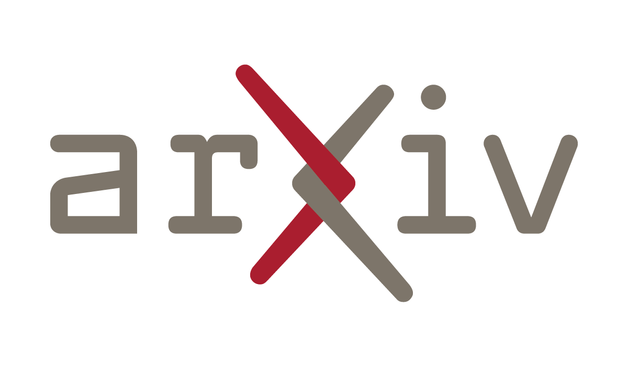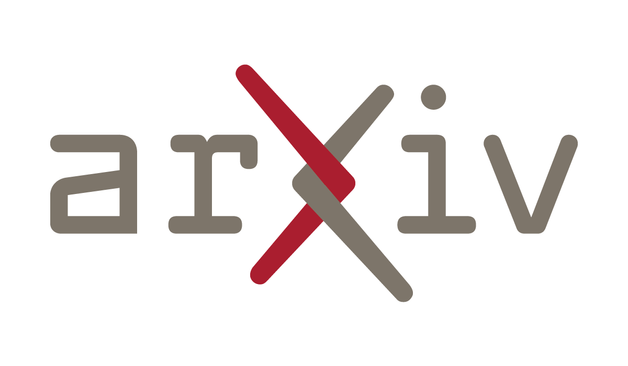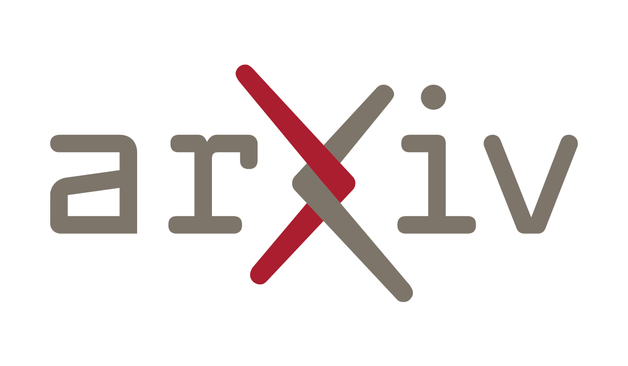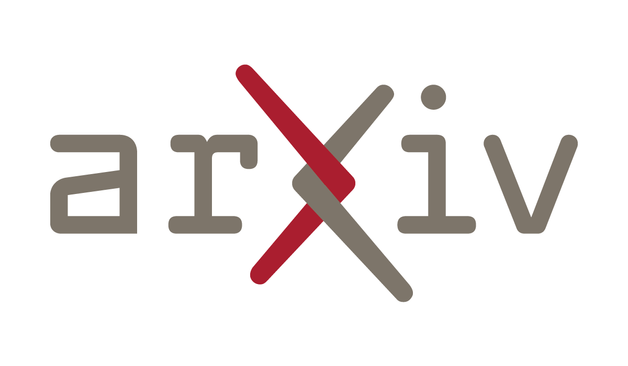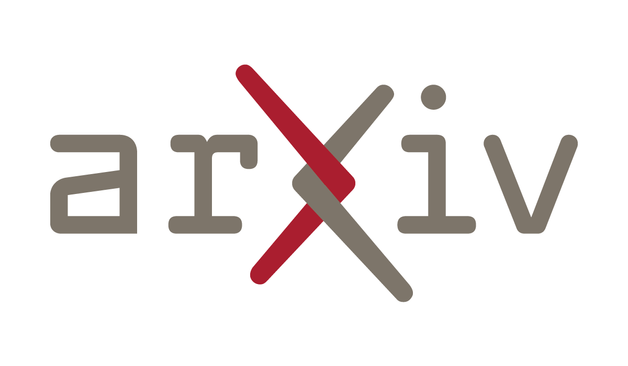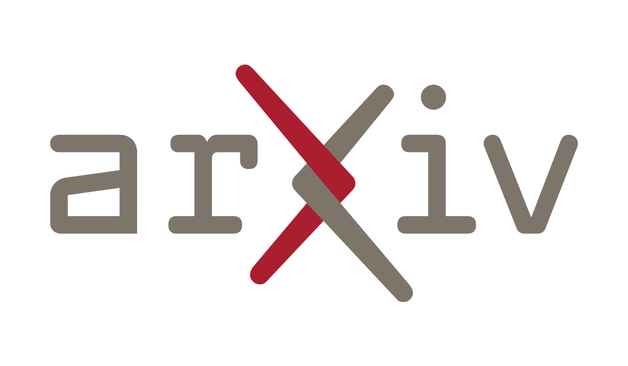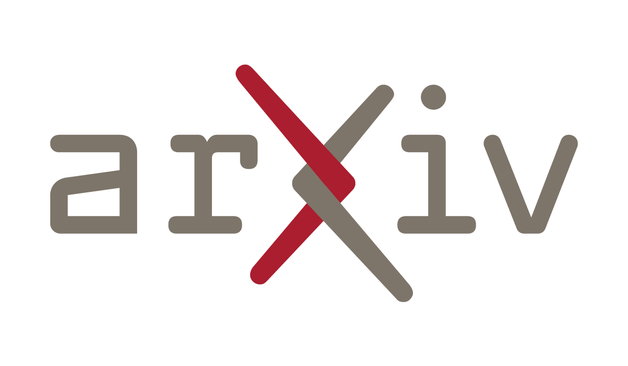Replaced article(s) found for cs.LG. https://arxiv.org/list/cs.LG/new
[2/5]:
- The Diffusion Duality
Sahoo, Deschenaux, Gokaslan, Wang, Chiu, Kuleshov
https://arxiv.org/abs/2506.10892 https://mastoxiv.page/@arXiv_csLG_bot/114675526577078472
- Multimodal Representation Learning and Fusion
Jin, Ge, Xie, Luo, Song, Bi, Liang, Guan, Yeong, Song, Hao
https://arxiv.org/abs/2506.20494 https://mastoxiv.page/@arXiv_csLG_bot/114749113025183688
- The kernel of graph indices for vector search
Mariano Tepper, Ted Willke
https://arxiv.org/abs/2506.20584 https://mastoxiv.page/@arXiv_csLG_bot/114749118923266356
- OptScale: Probabilistic Optimality for Inference-time Scaling
Youkang Wang, Jian Wang, Rubing Chen, Xiao-Yong Wei
https://arxiv.org/abs/2506.22376 https://mastoxiv.page/@arXiv_csLG_bot/114771735361664528
- Boosting Revisited: Benchmarking and Advancing LP-Based Ensemble Methods
Fabian Akkerman, Julien Ferry, Christian Artigues, Emmanuel Hebrard, Thibaut Vidal
https://arxiv.org/abs/2507.18242 https://mastoxiv.page/@arXiv_csLG_bot/114913322736512937
- MolMark: Safeguarding Molecular Structures through Learnable Atom-Level Watermarking
Runwen Hu, Peilin Chen, Keyan Ding, Shiqi Wang
https://arxiv.org/abs/2508.17702 https://mastoxiv.page/@arXiv_csLG_bot/115095014405732247
- Dual-Distilled Heterogeneous Federated Learning with Adaptive Margins for Trainable Global Protot...
Fatema Siddika, Md Anwar Hossen, Wensheng Zhang, Anuj Sharma, Juan Pablo Mu\~noz, Ali Jannesari
https://arxiv.org/abs/2508.19009 https://mastoxiv.page/@arXiv_csLG_bot/115100269482762688
- STDiff: A State Transition Diffusion Framework for Time Series Imputation in Industrial Systems
Gary Simethy, Daniel Ortiz-Arroyo, Petar Durdevic
https://arxiv.org/abs/2508.19011 https://mastoxiv.page/@arXiv_csLG_bot/115100270137397046
- EEGDM: Learning EEG Representation with Latent Diffusion Model
Shaocong Wang, Tong Liu, Yihan Li, Ming Li, Kairui Wen, Pei Yang, Wenqi Ji, Minjing Yu, Yong-Jin Liu
https://arxiv.org/abs/2508.20705 https://mastoxiv.page/@arXiv_csLG_bot/115111565155687451
- Data-Free Continual Learning of Server Models in Model-Heterogeneous Cloud-Device Collaboration
Xiao Zhang, Zengzhe Chen, Yuan Yuan, Yifei Zou, Fuzhen Zhuang, Wenyu Jiao, Yuke Wang, Dongxiao Yu
https://arxiv.org/abs/2509.25977 https://mastoxiv.page/@arXiv_csLG_bot/115298721327100391
- Fine-Tuning Masked Diffusion for Provable Self-Correction
Jaeyeon Kim, Seunggeun Kim, Taekyun Lee, David Z. Pan, Hyeji Kim, Sham Kakade, Sitan Chen
https://arxiv.org/abs/2510.01384 https://mastoxiv.page/@arXiv_csLG_bot/115309690976554356
- A Generic Machine Learning Framework for Radio Frequency Fingerprinting
Alex Hiles, Bashar I. Ahmad
https://arxiv.org/abs/2510.09775 https://mastoxiv.page/@arXiv_csLG_bot/115372387779061015
- ASecond-Order SpikingSSM for Wearables
Kartikay Agrawal, Abhijeet Vikram, Vedant Sharma, Vaishnavi Nagabhushana, Ayon Borthakur
https://arxiv.org/abs/2510.14386 https://mastoxiv.page/@arXiv_csLG_bot/115389079527543821
- Utility-Diversity Aware Online Batch Selection for LLM Supervised Fine-tuning
Heming Zou, Yixiu Mao, Yun Qu, Qi Wang, Xiangyang Ji
https://arxiv.org/abs/2510.16882 https://mastoxiv.page/@arXiv_csLG_bot/115412243355962887
- Seeing Structural Failure Before it Happens: An Image-Based Physics-Informed Neural Network (PINN...
Omer Jauhar Khan, Sudais Khan, Hafeez Anwar, Shahzeb Khan, Shams Ul Arifeen
https://arxiv.org/abs/2510.23117 https://mastoxiv.page/@arXiv_csLG_bot/115451891042176876
- Training Deep Physics-Informed Kolmogorov-Arnold Networks
Spyros Rigas, Fotios Anagnostopoulos, Michalis Papachristou, Georgios Alexandridis
https://arxiv.org/abs/2510.23501 https://mastoxiv.page/@arXiv_csLG_bot/115451942159737549
- Semi-Supervised Preference Optimization with Limited Feedback
Seonggyun Lee, Sungjun Lim, Seojin Park, Soeun Cheon, Kyungwoo Song
https://arxiv.org/abs/2511.00040 https://mastoxiv.page/@arXiv_csLG_bot/115490555013124989
- Towards Causal Market Simulators
Dennis Thumm, Luis Ontaneda Mijares
https://arxiv.org/abs/2511.04469 https://mastoxiv.page/@arXiv_csLG_bot/115507943827841017
- Incremental Generation is Necessary and Sufficient for Universality in Flow-Based Modelling
Hossein Rouhvarzi, Anastasis Kratsios
https://arxiv.org/abs/2511.09902 https://mastoxiv.page/@arXiv_csLG_bot/115547587245365920
- Optimizing Mixture of Block Attention
Guangxuan Xiao, Junxian Guo, Kasra Mazaheri, Song Han
https://arxiv.org/abs/2511.11571 https://mastoxiv.page/@arXiv_csLG_bot/115564541392410174
- Assessing Automated Fact-Checking for Medical LLM Responses with Knowledge Graphs
Shasha Zhou, Mingyu Huang, Jack Cole, Charles Britton, Ming Yin, Jan Wolber, Ke Li
https://arxiv.org/abs/2511.12817 https://mastoxiv.page/@arXiv_csLG_bot/115570877730326947
toXiv_bot_toot


